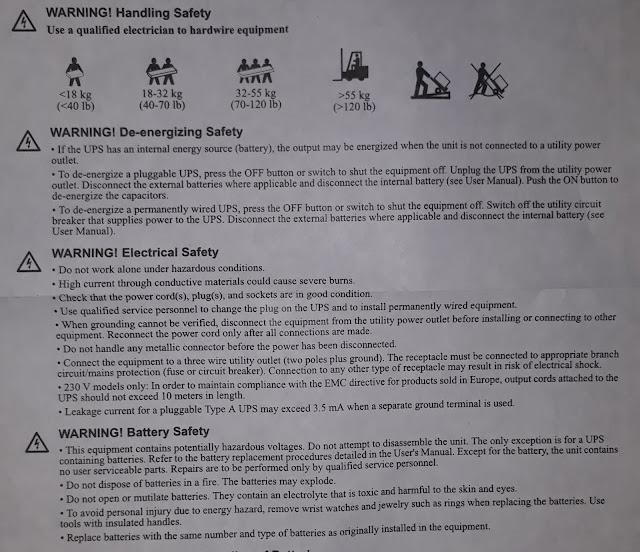I strongly believe elevator systems are the safest vertical
transportation systems. No one should doubt it – least of all elevator industry
people. But, the increasing number of elevator accidents threatens this belief
and demands introspection among industry people, as well as a fresh look at
elevator safety.
Studies reveal most elevator-accident deaths (p. 62) result froma
passenger or technician falling into an elevator pit. Some deaths occur while
carrying out rescue operations. The freefall of an elevator is also a serious
accident and creates panic among users. There are also incidents where a
passenger tries to exit the elevator, and it suddenly starts moving, resulting
in the passenger being crushed. Does all this mean the existing elevator safety
provisions are not enough?
A detailed study of these accidental deaths reveals it is the
technician or passenger who goes against the safety provisions and puts his/her
life at risk. If the gate-lock and safety-edge systems are in their places, and
passengers follow required user norms and rescue procedures, there will be no
instances of a person falling into an elevator shaft or getting seriously hurt
during door-closing or rescue operations.
All of these study results lead us to conclude it is a lack of
awareness and/or training among technicians and users that result(s) in
accidents and loss of life. This needs to be studied and addressed by the
elevator industry and government authority governing the industry. The
Maharashtra Lift Inspector department has recently taken several steps in this
direction, like making it mandatory to have overload and auto-rescue devices
for all elevators. But, this will not be enough to ensure total safety. The
situation demands more concrete steps, in terms of education and training of
users and technicians.
There are more than 100,000 elevators installed in Maharashtra
alone, and the Indian elevator population totals (by rough estimate) nearly
400,000 units, with an increase of 35,000 to 40,000 units every year. The
existing elevator population and a growing number of new installations demand
trained installation technicians, service technicians and elevator operators.
The employment and presence of them will help reduce the possibility of
accidents. If we go beyond this and provide graduate/postgraduate higher
education in vertical transportation, we canplay a greater role in the
development of the elevator industry at the national and international levels.
Providing elevator technical skills and knowledge will provide good support to
the elevator industry, in particular, and the national economy, in general,
besides contributing to a reduction in elevator accidents.
Through this platform, I request the Indian Ministry of Human
Resources, in consultation with the Indian elevator industry, study the
elevator engineering requirement and incorporate required courses into the
curriculum of vocational training institutes, industrial training institutes
and engineering institutes. Continuous knowledge and training on elevator
operations up to graduation can make our elevator travel safer and reconfirm my
belief that the elevator system is the safest vertical-transportation system.
Rajnikant Lad is the founder of the Elevator Safety Awareness Forum
and Elevator Auditor.com





Comments
Post a Comment